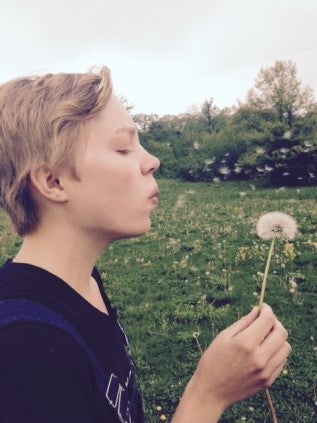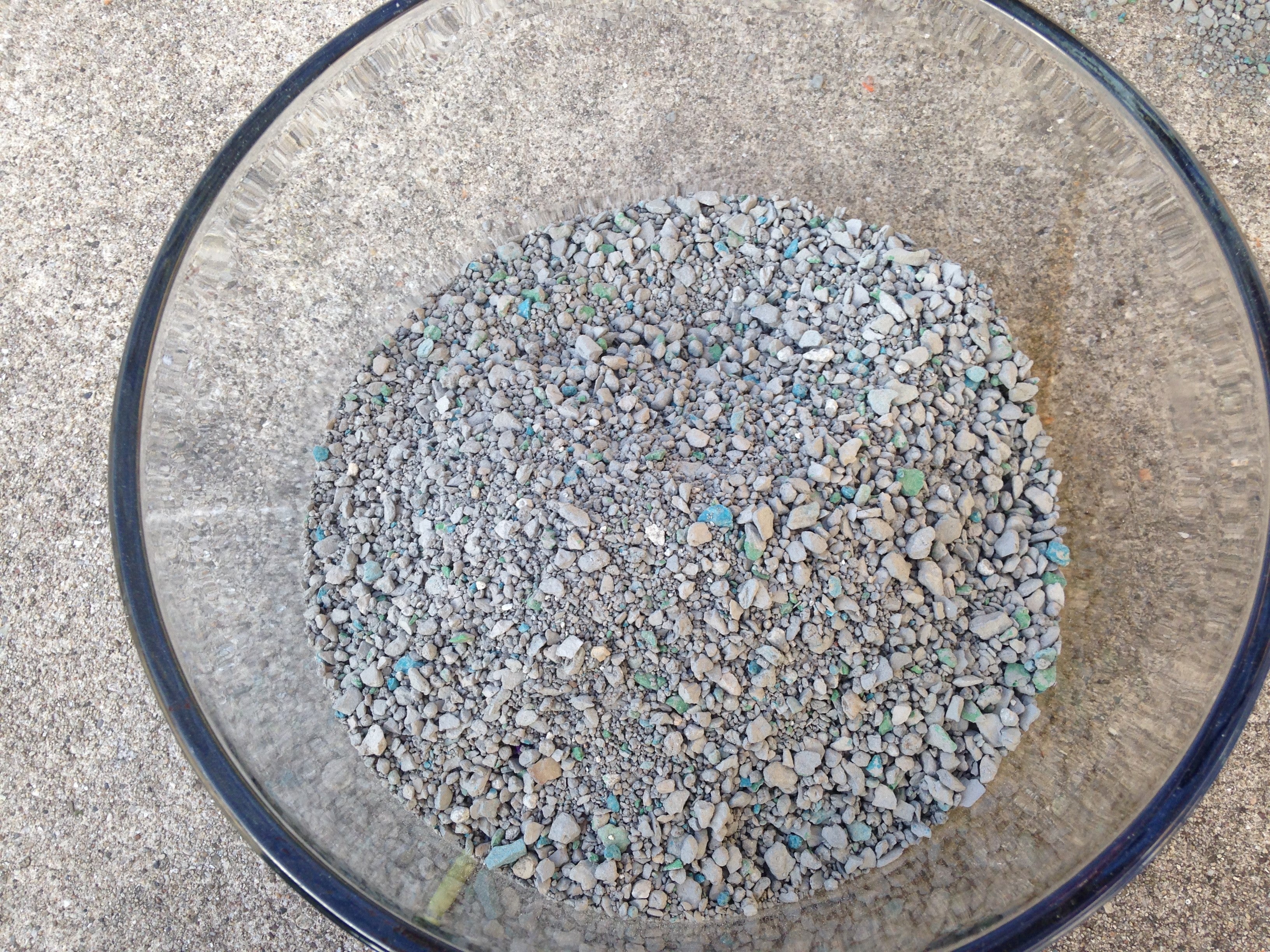Pressing Flowers with Kitty Litter

Planting doesn't just occur on farms. I am Allison and I have always been addicted to the outdoors. More importantly, a millennial who is redefining what a gardener is. As a child, I have grown up with a love for the environment and every plant and flower in it. When I read and see the destructive environmental damage and climate change I become outraged. I hope to find innovative solutions for tomorrow's world by combining my passion for earth and knowledge of plants. NoFarmNeeded is a way to show others how plants can change their surroundings and find a way into everyone's life. You don't need a farm to have plants. You just need passion and a little soil!
It's time to become as clever as cats, or in this case their cat owners. The cleverness of cats is seen all the time. . Not just how cat's land on their feet from twelve stories high or have nine lives. I'm talking about something common which they are equally as clever at. A thing they probably think isn't very clever at all. But really, it's pretty awesome in it's own right. Their litter box. Cats (really their owners!) are clever animals because they use one of the best materials for pressing flowers"¦kitty litter. Hold up. Kitty Litter? Seriously, we're going to be pressing flowers in used kitty litter? Gotcha. No. Pressed flowers don't need the fertilizer un-pressed flowers do! Used kitty litter is essentially pointless after it's done. Just throw it into the trash, and try not to think about it anymore. The clean kitty litter however, the good stuff, is the handy-dandy unopened gold mine just sitting around in your basement. Essentially, the whole idea behind pressing flowers is that you want the moisture out of the flower. That moisture has to go somewhere. Normal presses use paper or cardboard to soak up this water, this technique is most commonly referred to as the weighted press. But the idea of pressing flowers has been centuries in the making.
Pressing flowers has been around since Ancient Egypt though the Victorian Era. Ancient Egyptians used dried flowers for perfumes while, Victorian woman were fond of keepsakes to hold happy memories. What I am doing is bringing the art of pressing flowers back into the 21st century by looking at new techniques and ways in which you can use these flowers. Cat litter dries flowers in their perfect form. A complete 3-D example of what the flower looked like in its' prime. Use it for wreaths, for clocks, for cards. Pressing flowers is the next greatest thing since sliced bread. If I had my way, I would even reinvent sliced bread! I'm sure an Ancient Egyptian would have been jealous of my kitty litter technique. It's easy, cheap, and takes less than a week to fully dry your flower. They're probably rolling in their graves out of jealousy. But"¦. why kitty litter? Kitty litter clumps around moisture. It sucks the water out into its surrounding environment. Perfect for pressing flowers because you do not want your flower to be sitting in water. It's also cheap. Even if you do not have a cat, litter is cheap and readily available material to get. I went to the store last week and picked up a five pound bag for three bucks. I am not looking for the fancy stuff, just plain ol'regular litter is fine. An absorbent material and found in the 21st century"¦...this might be my best idea yet!
Steps
- Pick out what flower you want to press. Cut this flower so it has ¼ inch of the stem leftover.
- Get an airtight container. It can either be plastic or glass, just make sure it has a lid.
- Spread ¼ inch of cat litter for your base litter. You want to make a "tomb" for your flower to dry in.
- Place your flower in the cat litter and then cover it until you can no longer see the flower.


- Cover the container and let the cat litter sit for 3 - Â 5 days. After 3 - 5 days your flower should be dry and paper-y. It really depends on your flowers moisture for how long you leave it in the kitty litter. Begonias can take the full 5 days, while Bells of Ireland will take 3 days. If you take your flower out of the kitty litter and it is not fully dry, do not worry! Just stick the flower back in and let it be for a few more days. You did not ruin it.
Don't Want to Wait?
If you can't wait 3 - 5 days for your flower to dry you have the option of microwaving your flower in the cat litter. After you cover the flower with the cat litter (step 4) stick the container in the microwave on high for three minutes. Make sure all of your windows are open because you could not imagine the smell of cooked cat litter. After 3 minutes your flower should be dry and ready to use.
| Row 0 - Cell 0 | Row 0 - Cell 1 | Row 0 - Cell 2 |
The New Life of Kitty Litter
I am breathing new life into pressing flowers and I hope you will join me. Pressed flowers should not only be used for keepsakes but for, wreaths, pictures, paperweights, and much much more! Checkout NoFarmNeeded on Etsy to become inspired by my pressed flower works of art. Follow my blog NoFarmNeeded to learn even more techniques for pressing flowers. Have I mentioned that another way to press flowers is through silica gel? Not only do I post about pressing flowers but I am also reinventing gardening. After all, I think gardening can use a little tune up for the 21st century! Just like that, kitty litter is getting a new life. One that doesn't involve the cat! Save Save Save Save
Gardening tips, videos, info and more delivered right to your inbox!
Sign up for the Gardening Know How newsletter today and receive a free copy of our e-book "How to Grow Delicious Tomatoes".
-
 10 Common Composting Problems That Can Spoil Your Garden Gold – Plus Easy Fixes
10 Common Composting Problems That Can Spoil Your Garden Gold – Plus Easy FixesLearn how to troubleshoot common composting issues before they ruin your stash – from bad smells and bugs to materials not breaking down as they should.
By Susan Albert
-
 Terrifically Tubular Flowers For Hummingbirds: 9 Tube-Flowered Plants To Attract Hummers
Terrifically Tubular Flowers For Hummingbirds: 9 Tube-Flowered Plants To Attract HummersGrowing tubular flowers for hummingbirds helps you create the optimum feeding conditions for your winged friends. Here are nine tubed delights for hummers
By Tonya Barnett